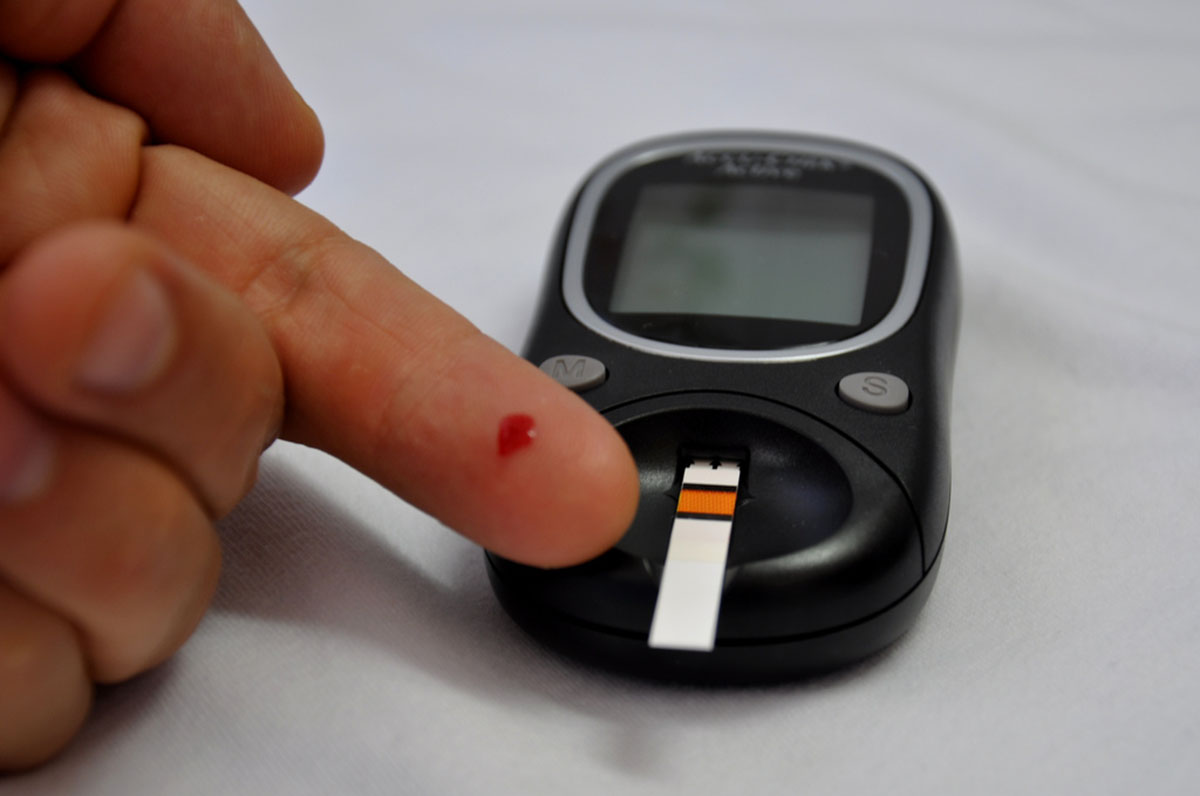Table of Contents
By far the most important change diabetics can make when their HbA1C numbers are too high is simply to start testing after meals as well as first thing in the morning. If blood glucose levels jump to 250 mg/dl, 300 mg/dl, or more (13.9 mmol/L, 16.7 mmol/L, or more) it is imperative to make changes to diet and/or medication. Any blood glucose reading of 170 mg/dl (9.4 mmol/L) at any time indicates a need for a change to prevent insulin resistance. Even type 1, insulin-dependent diabetics can develop insulin resistance when their blood sugar levels run too high after meals. However, sometimes changes that get blood sugar levels and HbA1C levels aren't as onerous as diabetics fear.
- Eating too great a volume of food, not just too many carbohydrates, can cause blood sugar levels to soar. If you were to eat a whole head of lettuce for lunch, for example, you would still not consume a lot of carbohydrate, but you might have a blood sugar reading well over 300 mg/dl (16.7 mmol/L). That's because the lining of the small intestine senses large volumes of food, and sends a signal to the pancreas to release (1) insulin to control blood sugar levels and (2) glucagon to increase blood sugar levels just in case the large volume of digested food doesn't contain a lot of carbohydrate. Diabetics don't release insulin very well, but they still release glucagon. The glucagon stimulates gluconeogenesis, the release of glucose from glycogen stored in the liver. This can make blood sugar levels soar even without a high-carb, sugary meal.

- It's harder to recover from "pigging out" than from modest overindulgence. If your body needs 10 units of insulin to bring blood sugar levels down from 200 mg/dl to 150 mg/dl, it might need 20 units of insulin to bring blood sugar levels down from 300 mg/dl to 250 mg/dl. Your body exerts exponentially more effort to recover from a whole pie than it expends to recover from a piece of pie. Keep any excursions from healthy diet small, and measure your blood sugars even when you know they will be high, so you will be better prepared to avoid dietary choices that make the situation even worse.
- Good mitochondrial health mitigates the effects of diabetes. Part of good mitochrondrial health is consuming a variety of natural antioxidants. Diabetics actually need salads and, in small amounts, even fruit. R-lipoic acid, biotin, and L-carnitine supplements increase the efficiency of sugar burning in mitochondria and lower both post-prandial blood sugar levels and HbA1C.
READ Diabetes: Early Signs & Symptoms You Can't Ignore
There are some bad choices that also lower HbA1C levels. Methamphetamine addicts, for example, have notoriously low HbA1C levels despite craving sugar all the time, as low as 1-2 percent HbA1C (which would be physiologically impossible without the illegal drug). People who lose large amounts of blood in accidents have temporarily lower HbA1C levels, as do people who have diseases that break down red blood cells.
Healthy decreases in HbA1C, however, result from healthy choices. Never stuff yourself. Save part of a special treat for later. Most importantly, test every morning and after every meal.
- Pfister R, Sharp SJ, Luben R, Khaw KT, Wareham NJ. No evidence of an increased mortality risk associated with low levels of glycated haemoglobin in a non-diabetic UK population. Diabetologia. 2011 Aug. 54(8):2025-32. doi: 10.1007/s00125-011-2162-0. Epub 2011 May 17.
- Photo courtesy of stevendepolo: www.flickr.com/photos/stevendepolo/4270844630/
- Photo courtesy of v1ctor: www.flickr.com/photos/v1ctor/10871254373/


Your thoughts on this